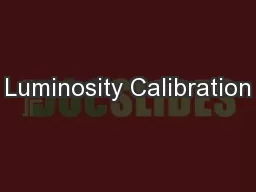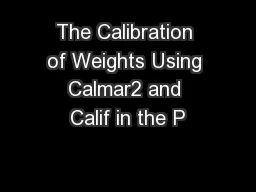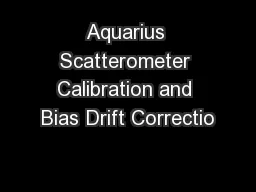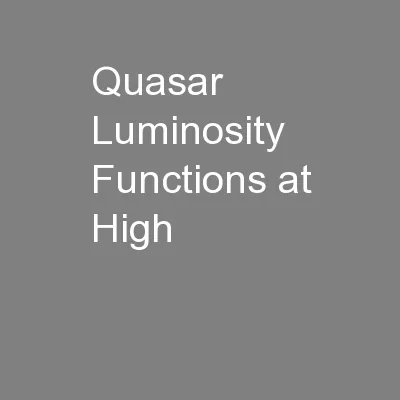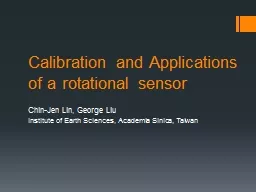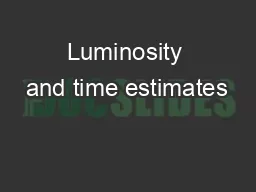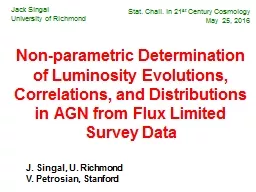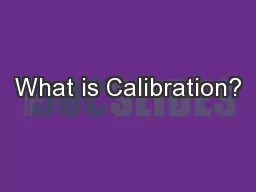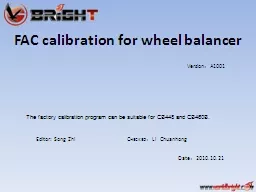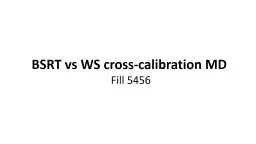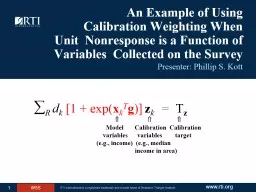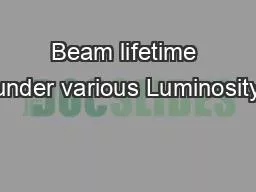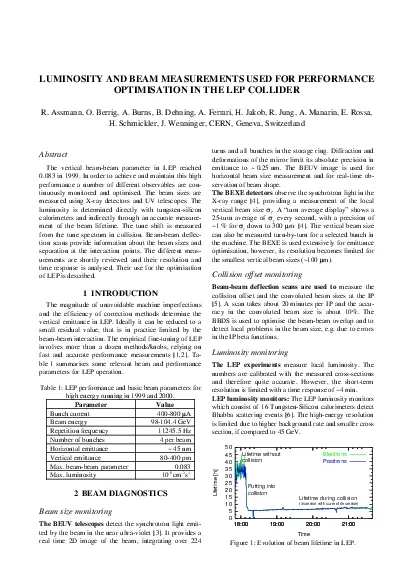PPT-Luminosity Calibration
Author : marina-yarberry | Published Date : 2017-03-31
Outline Motivation and Target Precision Methods 2010 Results 2011 Requests amp Strategy High b Experiments S White LHC Performance Workshop Chamonix 27 January
Presentation Embed Code
Download Presentation
Download Presentation The PPT/PDF document "Luminosity Calibration" is the property of its rightful owner. Permission is granted to download and print the materials on this website for personal, non-commercial use only, and to display it on your personal computer provided you do not modify the materials and that you retain all copyright notices contained in the materials. By downloading content from our website, you accept the terms of this agreement.
Luminosity Calibration: Transcript
Download Rules Of Document
"Luminosity Calibration"The content belongs to its owner. You may download and print it for personal use, without modification, and keep all copyright notices. By downloading, you agree to these terms.
Related Documents

